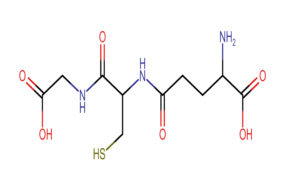HAWTHORN
Formula INGREDIENTS mg/caps Hawthorn Oil (Crategus monogyna) 300,00 Gelatine, Glycerin q.s. Physical and chemical specifications TEST SPECIFICATIONS Size Soft gelatine capsule. Minimum 6 oval (12,000 caps/box) Colour Natural AP00_01
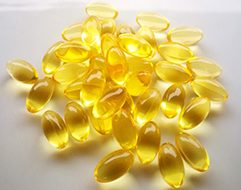
Formula INGREDIENTS mg/caps Hawthorn Oil (Crategus monogyna) 300,00 Gelatine, Glycerin q.s. Physical and chemical specifications TEST SPECIFICATIONS Size Soft gelatine capsule. Minimum 6 oval (12,000 caps/box) Colour Natural AP00_01

Profile Latin Naeme: Hamamelis Virginiana CAS No.: 84696-19-5 Active Ingredient: Tannins Specifications: 10% Test Method: UV Part used: Leaf Benefits Functionality of the venous circulation (functionality of the haemorrhoidal plexus). Regularity of intestinal transit. Antioxidant
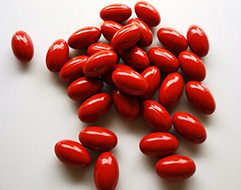
Formula INGREDIENTS mg/caps Fish Oil 18 EPA 12DHA TG 230 Coated Vitamin C (L-ascorbic Acid)(97,5% Vit.C) 82,05 Borage Oil (20% GLA) 60 L-Citisina base 50 Iron Sulfate Monohydrate (32,8% Fe) 20,49 Vitamin B3 (Nicotinamide)(100% Vit.B3) 16 Zinc Sulfate Monohydrate (36,44% Zn) 13,72 Vitamin E (DI-alpha Tocopherol Acetate) (67% Vit.E) 9 Vitamin B5 (D-Calcium Pantothenate) (92% Vit.B5) 6,51

Profile Latin Name: Haematococcus Pluvialis CAS No.: 472-61-7 Active Ingredient: Astaxanthin Specifications: 1%, 2%, 3%, 5%, 10% Test Method: UV-Vis Appearance: Dark red powder Description Haematococcus pluvialis is a freshwater species from the family Haematococcaceae. This species is well known for its high content of the strong antioxidant called Astaxanthin, which is important in aquaculture,

Profile Latin Name: Gynostemma Pentaphyllum CAS No.: 52705-93-8 Active Ingredient: Gypenosides Specifications: 90% Test Method: UV-VIS Part used: leaf and stems Description Primary functions: Adaptogenic, antioxidant, immune modulating, anti-inflammatory, respiratory tonic, cholesterol regulator, anti-obesity, liver protecting, triglyceride lowering, cardiovascular protectant, anti-aging agent. Pure Gynostemma tea has a pure sweet scent and tastes a little bitter at
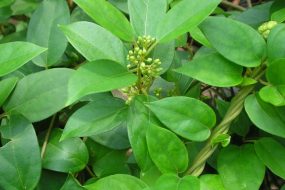
Profile Latin Name: Gymnema Sylvestre CAS No.: 90045-47-9 Active Ingredient: Gymnemic Acid Specifications: 25% – 75% Test Method: Gravimetric Part used: Leaves Appearance: Fine yellow brown powder Description Gymnema (scientific name Gymnema sylvestre) is a climbing plant that can reach large sizes. Belonging to the Asclepiadaceae family, it is widespread in the tropical areas
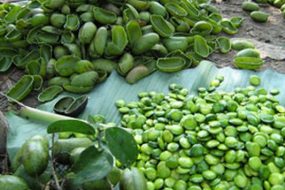
Profile Latin Name: Griffonia Simplicifolia CAS No.: 4350-09-8 Active Ingredient: 5-Hydroxytryptophan (5-HTP) Specification: 15%,25%, 30%, 50%, 80%, 99% Used Part: Seed Test Method: HPLC Appearance: White Powder Description Griffonia is a genus of flowering plants in the legume family, Fabaceae. It belongs to the subfamily Caesalpinioiddeae. Griffonia is known to have a high concentration of
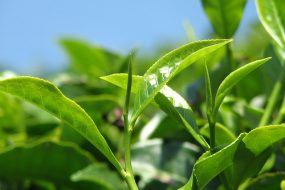
Profile Latin name: Camellia sinensis CAS No .: 84650-60-2 Specifications: from 5% to 85% natural CAFFEINE, or min. 20% & 30% L-THEANINE, or with D: E = 4: 1 & 20: 1 Used Part: leaves Test Method: HPLC Description Camellia sinensis (L.) Kuntze is the tea plant, which is the species of plant whose leaves
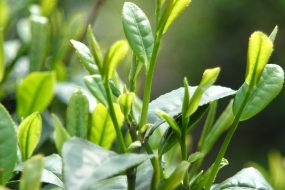
Profile Latin Name: Camelia Sinensis CAS No.: 84650-60-2 / 989-51-5 / 3081-61-6 Active Ingredients: Polyphenol, Catechins EGCG, Caffeine Specifications: 1:1, 2:1, 4:1, 5:1, 10:1, 20:1, 10%?99% Test Method: UV-VIS / HPLC Description The Chinese have known about the medicinal benefits of green tea since ancient times, using it to treat everything from headaches to depression. Today,
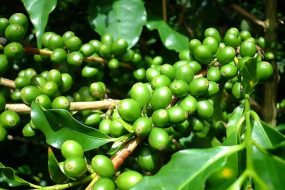
Profile Latin name: Coffea Arabica L. CAS No .: 327-97-9 Active Ingredient: Chlorogenic Acid Specifications: 4: 1, 10: 1, 15%, 45%, 50% Test Method: HPLC Appearance: White crystalline fine powder Description Chlorogenic Acid makes Green Coffee Bean an excellent agent to absorb free oxygen radicals; as well as helping to avert hydroxyl radicals, both which
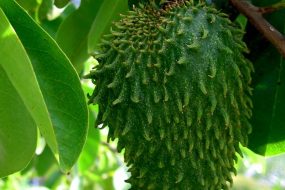
Profile Latin Name: Annona Squamosa CAS No.:90604-49-2 Active Ingredient: Specifications: 4:1 Part used: Fruit Appearance: Fine yellow brown powder Description Rising to the fore for its healing properties, Graviola is an annonacea native to the Antilles and widespread throughout the Caribbean, South America, Southeast Asia and Africa. It produces one of the largest fruit
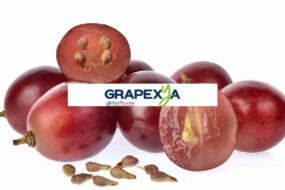

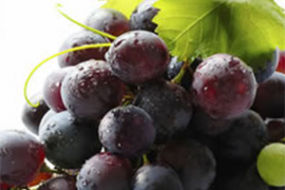
Profile Latin Name: Vitis Vinifera L. CAS No.: 1070079-92-3 Active Ingredient: Polyphenols Specifications: 10%, 20%, 30% Test Method: UV-VIS Part used: skin Appearance: Amaranth powder Main components: Anthocyanins and Polyphenols Description Grape skin extract is similar to bilberry extract in composition, containing anthocyanins from 5% to 25% and total phenols from 40% to 80%. Therefore, it
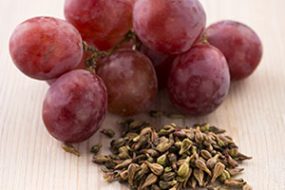
[:it] L’estratto di Semi di Uva o Grape Seed Extract (GSE) è molto conosciuto nel campo degli integratori alimentari, ma non molti sanno che esiste una vasta gamma di prodotti contenenti Grape Seed Extract adulterato ? Conosci quanto può essere grave al giorno d’oggi l’adulterazione dell’OPC contenuto nell’Estratti di Semi di Uva ? Uno studio
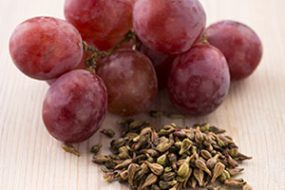
Profile Latin Name: Vitis Vinifera CAS No.: ?84929-27-1 Active Ingredient: OPC (Olygemetric Proanthocyanidins) Specification: 95% Test Method: HPLC/UV Appearance: Fine Brown powder Description Grape is a berry in genus Vitis. Cultivated as early as 8000 years ago in the middle east, grape is one of the most popular fruit with endless ways to consume.
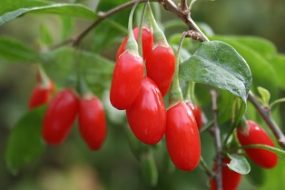
Profile Latin Name: Lycium Chinense L. CAS No.: 85085-46-7 Active Ingredient: Polysaccharides Specification: 4:1, 5:1, 10:1, 20:1, 50:1, 100:1, 15%, 50% Polysaccharides Test Method: UV/VIS Appearance: Brown yellow powder Description Goji, goji berry or wolfberry is the fruit of Lycium barbarum and Lycium chinense, two closely related species of boxthorn in the Nightshade family, Solanaceae.
Glycolic acid (or hydroxyacetic acid) is a carboxylic acid and structurally it is the smallest belonging to the class of ?-hydroxy acids (compounds that contain both a carboxylic group and a hydroxyl group). It is a corrosive compound, which at room temperature is solid, colorless and odorless. Glycolic acid is extracted from sugar cane, beetroot,
Glycerylphosphorylcholine (Alpha-GPC), also known as L-alpha-glycerylphosphorylcholine or choline alfoscerate, is a naturally occurring choline compound found in the brain. It has significant nootropic properties. Numerous clinical studies involving thousands of participants have shown that it is an effective treatment for age-related memory loss associated with a variety of ailments, including Alzheimer’s disease and other forms
